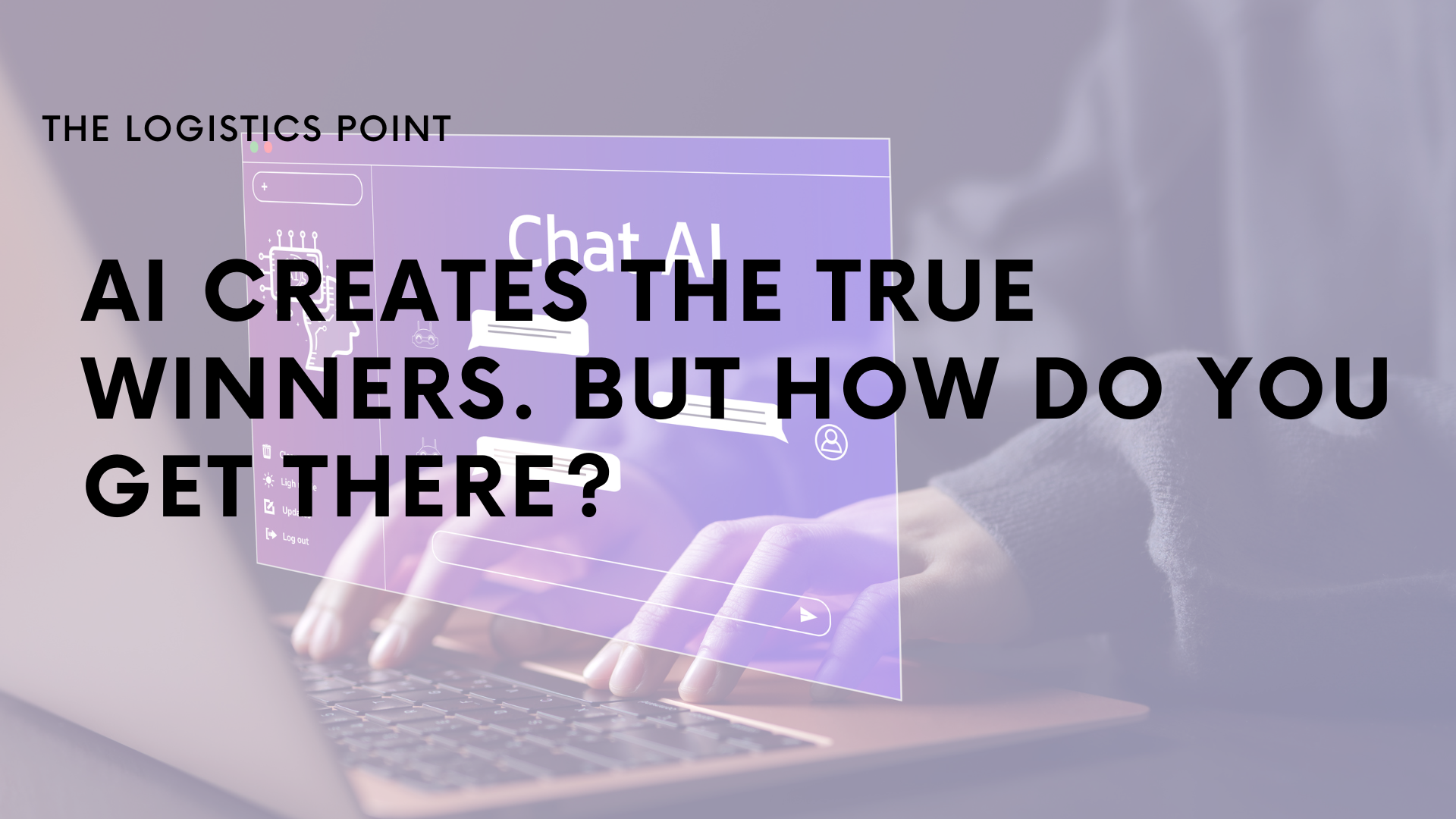The demand and supply of raw materials has hit a rocky landing. General expectations at the end of 2023 were that disruptions would ease, but this is not what happened. According to GEP’s Global Supply Chain Volatility Index − tracking worldwide demand, and capacity to meet that demand through a monthly survey of 27,000 businesses − demand for commodities, materials and components at its softest in nearly a year, and we’re facing persistent weakness in global manufacturing. More from our February edition here!
Faced with a myriad of new challenges, procurement and supply chain are once again having to navigate a disruption that they have little control over. We spoke to David Doran, vice president, consulting, GEP about demand, volatility and opportunities.
“There might be excess capacity in some supply chains, but others are really struggling,’ David begins. It is concerning that Asian suppliers, specifically the global manufacturing hubs like China and Japan, are under-utilised. It’s much worse in Europe and the UK. Even in the US, which was relatively resilient throughout 2023, is now softening especially with intermediate and capital goods.”
But how are these challenges different to what has been going on in the world for the last couple of years?
“Five years ago most companies were in the same bad position, with little visibility into their global value chain and being at the mercy of supply disruptions and shocks. Today the organisations who invested in their capabilities, specifically to gain real-time visibility and diversified their suppliers and physical infrastructure, are seeing better return, less volatility and their weathering the storms.”
“However, it is never too late, because the world is getting more unpredictable’ David underlines. Companies are worried because they’re falling behind and feel they are pushed to adopt technologies that probably scare them.” AI is one of those that has gathered immense popularity but many are still hesitant about. For many, AI presents a worry and they only see it as a problem,’ David explains.
The reality is more mixed. Solutions like AI can alleviate many of the headaches organisations are facing. At the same time they are a short term problem due to the lack of know-how and experienced staff. In the long-term they will become a vital element of the whole supply chain system.
“Figure out who your vendors are, what they do and the whole supply chain,” David recommends. “Today, companies are applying AI and their data to compare costs from suppliers, optimising inventories, and scenario planning in the event of supply shortages, longer lead times, or facilities that are forced offline,” explained David.
Understanding the impact on operational costs will be crucial and David thinks it will drive many organisations towards overcoming AI worry. For others M&A opportunities might become more interesting as they fight to stay competitive.
Why AI?
‘There will be fewer people willing to do the grunt work in procurement,’ David admits. This means systems will be put in place so people can produce more with less. Companies need to map out their whole activity cycle to see how all will adapt and fit AI, to automate procurement.
If you do not have the capabilities, partner with those who have them. Collaborations have become an integral element of supply chain excellence and organisations of all sizes are embracing them more openly. “If you want to be a leader in your area and sector, you have got to be doing this day in and day out.” ✷
